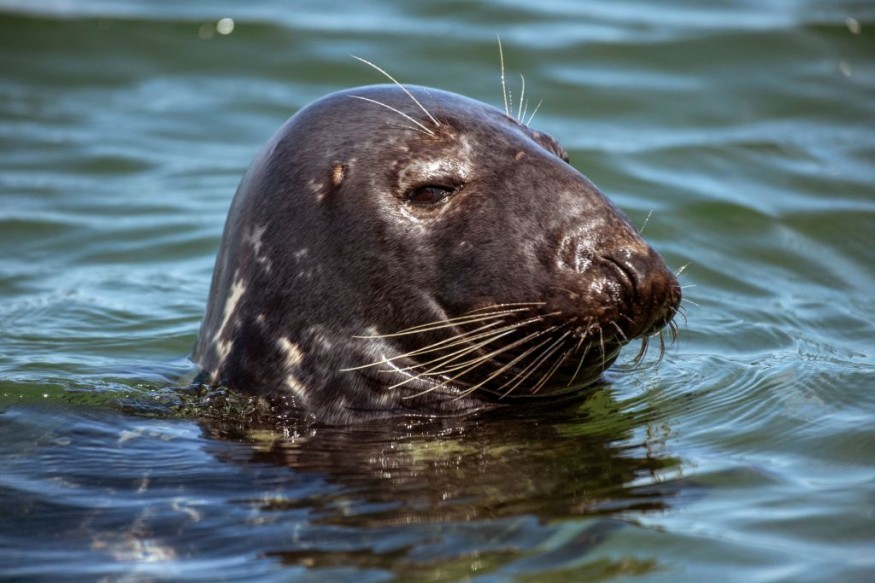According to a recent study, the 23 million years relative of ancient seals, Potamotherium valletoni, managed to use whiskers in locating food underwaters. It can help researchers to understand how seals transitioned from terrestrial to amphibious marine species.
Animals can adapt to their environment to forage for food to survive, especially the changing environments due to climate change or warming events.
Researchers have been studying the world's oceans to seek answers about unknown species. With the fossils and advanced technology, experts can analyze the fossils and unravel the behavior of ancient animals, including seals.
Seals managed to evolve to survive and hold their breath while in the waters. Their species are known as groups of mammals belonging to pinnipeds (fin-footed).
The harbor seals (Phoca vitulina) have a life span of up to 30 years, living in areas on the West Coast, Southeast, New England and Mid-Atlantic.
Understanding Ancient Seal Underwater Feeding

In a new research published in Communications Biology, researchers explained that marine animals must adapt behavior to their environments.
For instance, Pinnipeds are known to use whiskers to search for food, especially seals.
With the animal's fossil brain, they deciphered the earliest pinnipeds species living on land. The researchers looked into the species of Potamotherium.
In addition, researchers studied the seal's behavior and the brains of the Potamotherium.
When they analyzed the somatosensory, the early species managed to adapt amazingly and ecologically transition from the land to underwater.
They found that foraging using whiskers was present in the ancient seals' relatives, helping them to thrive underwater.
Seals help prevent pathogen transmissions.
Researchers recently discovered that harbor seals maintained a distance from other seals.
According to a new recent research published in Royal Society Open Science, aerial image analysis showed that seals had social distancing and spatial patterns.
Colony formation is part of animal traits, helping them avoid possible predator attacks and increase foraging success.
Furthermore, scientists observed the seals around the Dutch Wadden Sea near the North Sea. The survey showed they maintained spaces between them, twice the distance among gray seals.
While colony formation is essential, the so-called social distancing helps prevent the spread of pathogen transmissions or infection outbreaks.
Also Read : Lost Young Seal in New Zealand Finally Returned to Oceans After Roaming at KFC Parking Lot
Did you know? More facts about seals
Looking carefully, seals can do a banana-like position. Gray seals or horse seals are also known as efficient swimmers. They may look small with short front flippers, but seals have sharp eyes while underwater, swimming up to 14 to 23 mph.
Similar to other aquatic animals, seals have different ways of communicating. They can growl and slap their flippers to show possible dominance to indicate irritation.
Related Article : Social Distancing in Animals: Harbor Seals Maintain Space Between Aquatic Species to Prevent Diseases
For more similar stories, don't forget to follow Nature News.
© 2025 NatureWorldNews.com All rights reserved. Do not reproduce without permission.




